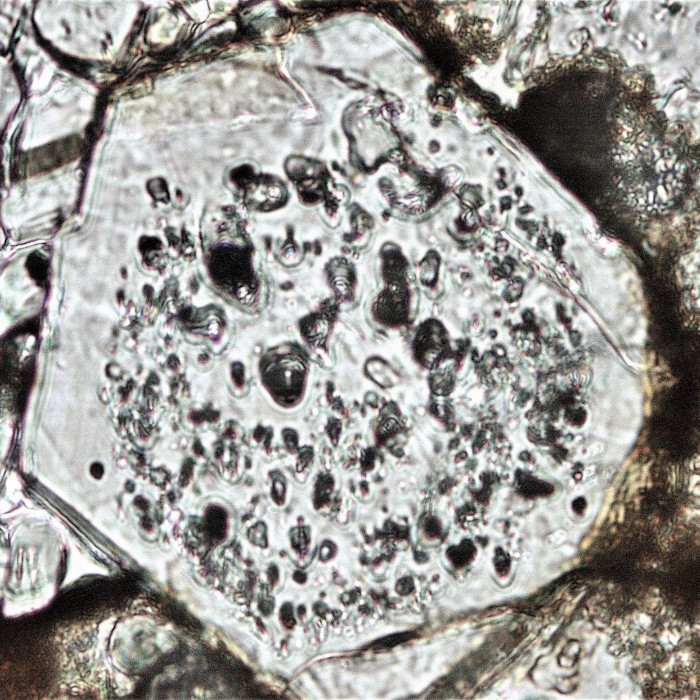Rare Earth Elements (REE) are essential and strategic metals, with growing demand in high-tech applications like electric and hybrid cars, LED lights, and wind turbines. REEs can be found in various rocks, but carbonatites are the ideal host rocks and important discovery targets due to their high enrichments in REEs, size, and partly extraction-friendly mineralogy. Carbonatites are magmatic mantle-derived intrusive and extrusive rocks having more than 50% carbonate minerals. The evolution of carbonatites and associated alkaline rocks is caused by magmatic and metasomatic processes. These processes are also responsible for the transportation and accumulation of economic elements. However, details of these ore-forming processes including fluid composition, fluid transportation capability, precipitation mechanisms and metasomatic reactions are not fully understood yet. Due to the poor understanding of these processes, it is fundamental and economic interest to shed light on the reasons why ten percent of the carbonatites are highly mineralized and therefore economic while others remain barren. The main aim of this research work is to improve the knowledge of fluids systems in carbonatites and associated alkaline igneous rocks in terms of geology and genesis. For this purpose, carbonatites samples from different localities will be studied in terms of fluid chemistry, homogenization temperatures and physical properties (fluid inclusion petrography, micro-thermometry, Raman spectroscopy, and major and trace element composition). Based on these studies a genetic model for the carbonatites will be developed. The completion of this research project will help to improve the state-of-the-art knowledge of fluid exsolution in carbonatites and related ore forming processes This project is funded by Higher Education Commission, Pakistan and German Academic Exchange Service (DAAD), Germany.

